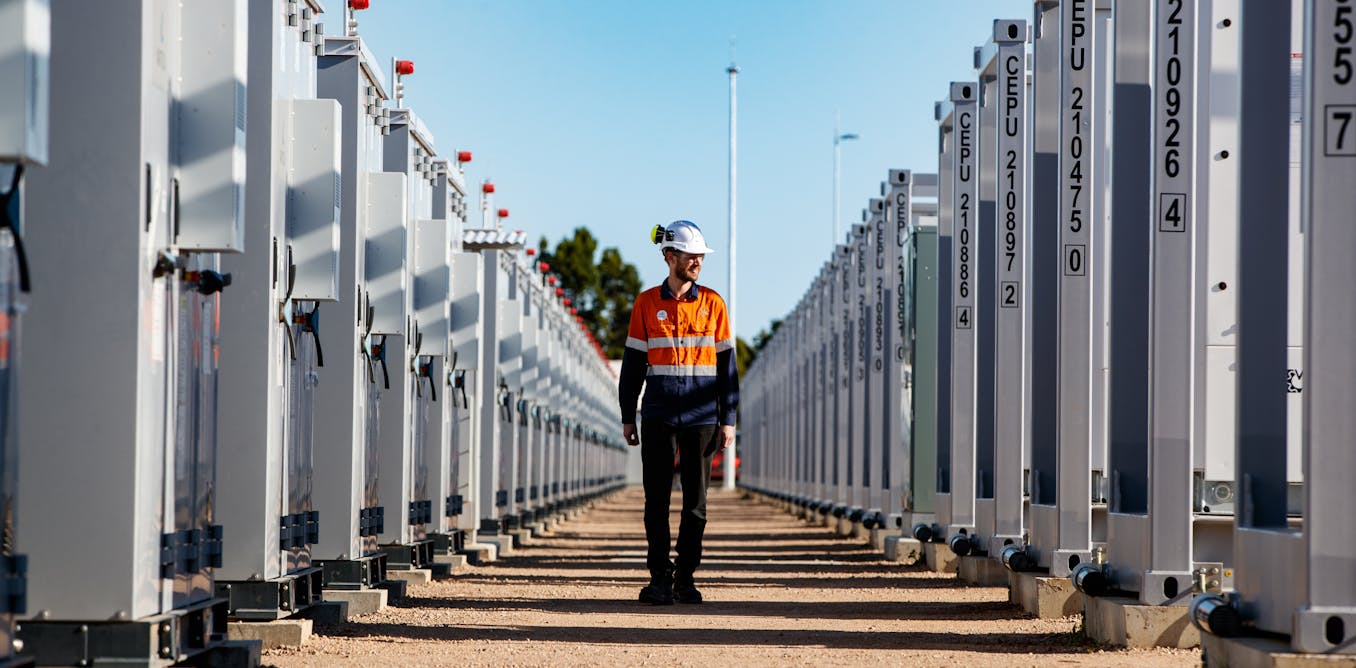This article is part of our exclusive IEEE Journal Watch series in partnership with IEEE Xplore.
The rapid buildout of fast-charging stations for electric vehicles is testing the limits of today’s power grid. With individual chargers drawing 350 to 500 kilowatts (or more), which makes charging times for EVs now functionally equivalent to the fill-up time for a gasoline or diesel vehicle, full charging sites can reach megawatt-scale demand. That’s enough to strain medium-voltage distribution networks—the segment of the grid that links high-voltage transmission lines with the low-voltage lines that serve end users in homes and businesses.
DC fast charging stations tend to be clustered in urban centers, along highways, and in fleet depots. Because the load is not spread evenly across the network, particular substations are overworked—even when overall grid capacity is rated to accommodate the load. Overcoming this problem as more charging stations, with greater power demands, come online requires power electronics that are not only compact and efficient, but also capable of managing local storage and renewable inputs.
One of the most promising technologies for modernizing the grid so it can keep up with the demands of vehicle electrification and renewable generation is the solid-state transformer (SST). An SST performs the same basic function as a conventional transformer—stepping voltage up or down. But it does so using semiconductors, high-frequency conversion with silicon carbide or gallium nitride switches, and digital control, instead of passive magnetic coupling alone. An SST’s setup allows it to control power flow dynamically.
For decades, charging infrastructure has relied on line-frequency transformers (LFTs)—massive assemblies of iron and copper that step down medium-voltage AC to low-voltage AC before or after external conversion from alternating current to the direct current that EV batteries require. A typical LFT can contain as much as a few hundred kilograms of copper windings and a few tonnes of iron. All that metal is costly and increasingly difficult to source. These systems are reliable but bulky and inefficient, especially when energy flows between local storage and vehicles. SSTs are much smaller and lighter than the LFTs they are designed to replace.
“Our solution achieves the same semiconductor device count as a single-port converter while providing multiple independently controlled DC outputs.” –Shashidhar Mathapati, Delta Electronics
But most multiport SSTs developed so far have been too complex or costly (between five and 10 times the upfront cost of LFTs). That difference—plus SSTs’ reliance on auxiliary battery banks that add more expense and reduce reliability—explains why solid-state’s obvious benefits have not yet incentivized shifting to the technology from LFTs.
Surjakanta Mazumder, Saichand Kasicheyanula, Harisyam P.V. and Kaushik Basu hold their SST prototype in a lab.Harisyam…
Read full article: Solid-State Transformers Boost EV Charging Efficiency

The post “Solid-State Transformers Boost EV Charging Efficiency” by Willie D. Jones was published on 10/11/2025 by spectrum.ieee.org





































Leave a Reply